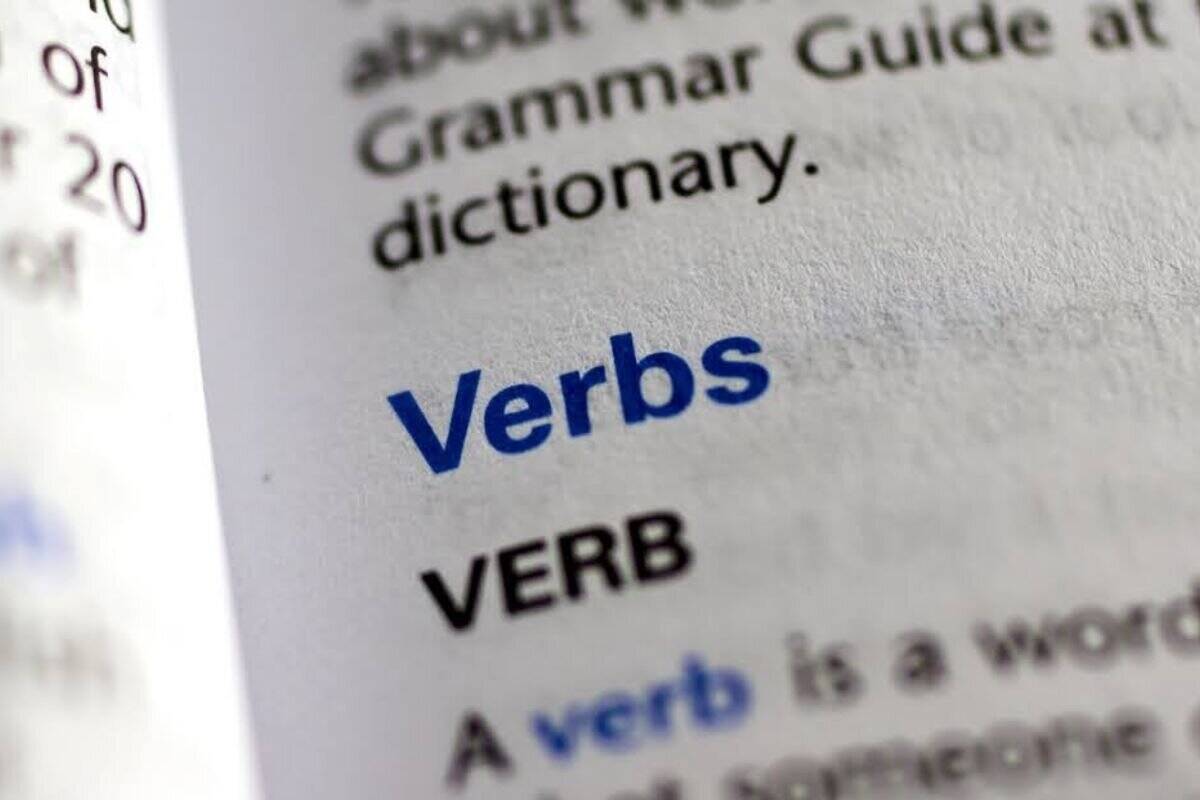In English, verbs are at the core of every sentence. They describe an action or the state of being.
There are two main types of verbs: action verbs and auxiliary verbs.
While action verbs are the ones you think about when forming a sentence, auxiliary verbs are just as important.
They work with the action verb to provide us with details and insights about the timing of the action and form questions and negatives.
So, in this article, we’ll talk about:
- What are auxiliary verbs and why are they needed in a proper sentence structure
- How modal auxiliary verbs work
- How auxiliary verbs function across different tenses
Let’s start with understanding auxiliary verbs meaning!
What Are Auxiliary Verbs?
Auxiliary verbs are words that help the main verb by indicating its tense (when the action happens), mood (how it happens), voice (whether the subject is doing the action or receiving it), etc.
You’ve probably used them more times than you can count without even realizing it.
Take the sentence “She swims” vs. “She is swimming.” The auxiliary verb “is” tells us that the action is happening right now, in the present. Without it, you miss the timing element.
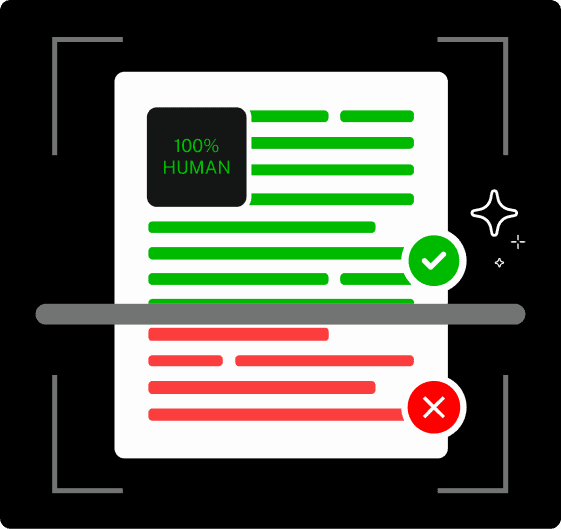
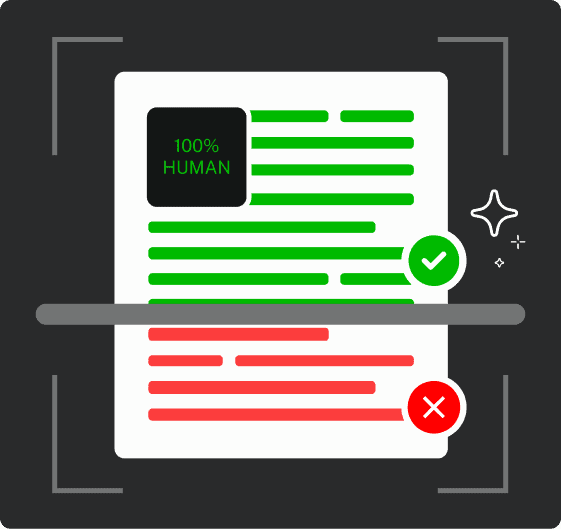
Never Worry About AI Detecting Your Texts Again. Undetectable AI Can Help You:
- Make your AI assisted writing appear human-like.
- Bypass all major AI detection tools with just one click.
- Use AI safely and confidently in school and work.
Let’s look at some auxiliary verbs examples in sentences we use in everyday language:
| Sentence | Auxiliary verb | Main verb |
| I am working. | am | working |
| She has gone. | has | gone |
| They were laughing. | were | laughing |
| We do not know. | do | know |
| You should have been studying. | should, have, been | studying |
Common Auxiliary Verbs
There are three primary auxiliary verbs, each of which can be used in different tenses and structures.
- Be (and all its forms, including am, is, are, was, were, being, been): Used for continuous tenses (I am running, She was reading) and passive voice (The cake was eaten)
- Have (has, had, having): Used for perfect tenses (I have finished, He had left)
- Do (does, did, doing): Used for questions and negations (Do you like it? I don’t know)
There’s also an additional class of auxiliary verbs called the modal auxiliary verbs, which we’ll discuss next.
Modal Auxiliary Verbs (Modal Verbs)
Modal verbs are a subset of auxiliary verbs that convey necessity, possibility, permission, or ability.
Let’s break them down with a few examples, and you’ll see what I mean.
- Possibility/Probability: “It might rain later.” The sentence describes that we’re not 100% sure about the rain forecast, but there’s a chance that it can happen.
- Ability: “She can swim.” → The word ‘can’ here demonstrates that she has the skill to swim.
- Permission: “May I leave early?” → Here, adding ‘may’ turned the sentence from a simple statement to a question asking for consent.
- Obligation/Necessity: “You must wear a seatbelt.” → ‘Must’ is used in this example to show that wearing a seatbelt is required.
- Advice: “You should see a doctor.” → The modal verb ‘should’ turns this sentence into a recommendation.
Here’s a list of the most commonly used modal auxiliary verbs, their uses and example sentences:
| Modal Auxiliary Verb | Function/Usage | Example Sentence |
| Can | Ability, possibility, permission | She can swim very well. |
| Could | Past ability, polite requests | Could you help me? |
| May | Permission, possibility | May I leave early? |
| Might | Possibility (less certain) | It might rain tomorrow. |
| Must | Necessity, strong obligation | You must wear a seatbelt. |
| Shall | Formal suggestions (future) | Shall we meet at 5 PM? |
| Should | Advice, recommendation | You should see a doctor. |
| Will | Future certainty, willingness | I will call you later. |
| Would | Hypotheticals, polite requests | Would you like some tea? |
| Ought to | Moral obligation (similar to should) | You ought to apologize. |
Functions of Auxiliary Verbs in Sentences
If auxiliary verbs didn’t exist, our sentences would lack the depth we rely on for everyday communication. They are the functional tools that manage how your main verb behaves.
They serve the following core functions:
- They Build Verb Tenses
This is the most common use of auxiliary verbs. You probably use them dozens of times a day in different forms of tenses without thinking about it.
Auxiliary verbs form different tenses by adding layers of time or completion to the main verb.
Examples of such use include:
- Present continuous—I am eating lunch. (am shows it’s happening now)
- Past perfect—She had finished her homework before dinner. (had shows completion before another past event)
- Future perfect continuous—By next week, I will have been working here for 5 years. (A combo of will + have + been + verb-ing points to something ongoing up to a future point.)
- They Form Questions
To ask a question in English using an auxiliary verb, you invert the word order:
Auxiliary verb + subject + main verb.
To turn simple present and simple past sentences into questions, you will have to add the auxiliary “do” or “did” at the beginning.
- You work from home → Do you work from home?
- She knows the answer → Does she know the answer?
- He went to the meeting → Did he go to the meeting?
If your original sentence uses have/has, is/are, was/were, you can just move it to the front to make a question.
- They have finished their work. → Have they finished their work?
- He was cooking. → Was he cooking?
Modal verbs like can, should, would, will, may work the same way. You just have to flip them to the front to form questions.
- You can drive → Can you drive?
- We should leave → Should we leave?
- They Are Used to Express Negation
Negation means making a sentence negative, i.e., saying that something did not happen, is not true, or won’t happen.
In most English sentences, you can’t form a proper negative without an auxiliary verb.
- She likes coffee → She does not like coffee.
- They went to the party → They did not go to the party.
- He attended the meeting → He did not attend the meeting.
- They Are Needed in Passive Voice
Quick refresher, just to get on the same page, in an active sentence, the subject is doing an action on an object, but in a passive sentence, the object being acted on comes first.
The purpose of shifting a sentence into passive is that in real life, sometimes, you don’t know who did the action, or you don’t care who did it.
Here’s how you flip an active sentence into a passive one:
Subject + auxiliary verb (form of “be”) + past participle
Here are some examples of passive sentences where auxiliary verbs are used:
- The report is written every Monday.
- The cake was baked yesterday.
- Dinner is being prepared.
- The forms have been signed.
- Your order has been shipped.
- They Add Emphasis
Sometimes, when you just want to stress a point, you can use an auxiliary verb as an emphasis tool.
Adding “do,” “does,” or “did” before the main verb puts more significance in your sentence.
For example, when you say, “I want to help,” it communicates intention, but when you add “do” to it, as in, “I do want to help,” it makes your assertion stand out.
Here are some more examples where an auxiliary is used to add emphasis to a statement.
- I do want to help you.
- She did call you!
- She does like your idea.
- We do understand how hard this is.
- He did try his best.

Image Source: Grammarist
Auxiliary Verbs in Different Tenses
Let’s talk about the use of auxiliary verbs with an example. Notice the sentences below:
- She is going to school.
- She has gone to school.
- She will go to school.
The three versions of the same statement carry similar meaning but across different points in time.
The first shows that the action of going to school is happening in real time, the second explains that it has already been done, and the third gives you an idea that it is going to happen in the future.
And what makes each of these statements convey the difference in past, present, and future tenses? Auxiliary verbs: is, has, will.
The following table summarizes the uses of auxiliary verbs across different tenses:
| Tense | Auxiliary verb | Example |
| Simple present | do/does (negatives and questions) | Does she sing? / She does not sing. |
| Simple past | did (negatives and questions) | Did you call? / I did not call. |
| Present Continuous | am/is/are | She is running. |
| Past Continuous | was/were | They were laughing. |
| Future Continuous | will be | I will be traveling. |
| Present Perfect | have/has | We have finished. |
| Past Perfect | had | She had left. |
| Future Perfect | will have | They will have arrived. |
| Present Perfect Continuous | have/has been | I have been working. |
| Past Perfect Continuous | had been | He had been sleeping. |
| Future Perfect Continuous | will have been | You will have been studying. |
How AI Tools Can Help With Grammar Learning
Let’s be real for a second. When you’re learning English, auxiliary verbs often make your head spin because they don’t follow a consistent pattern across all tenses.
You think you’ve figured out how to use “have”, and then you need to use “has been”, “will have”, or “did not,”and everything starts to blur together.
Even native speakers mess them up sometimes. Therefore, we suggest you use AI tools from Undetectable AI that makes language learning easy.
If you’re unsure which auxiliary to use in a sentence or figure out the difference between two similar auxiliary verbs, you can use AI chat to get clear explanations for your queries.

Simple prompts like “What auxiliary verb should I use for this sentence?” or “Can you explain the difference between ‘has been’ and ‘had been’?” will fetch you answers with examples and context.
Or, let’s say you need to write an essay or story, but you’re worried about screwing up tense consistency or mixing up “have” vs. “had.”
Here, you can use the AI Essay Writer to input your topic and get a well-structured essay that:
- Uses auxiliary verbs correctly across different tenses
- Maintains tense consistency from start to finish
- Builds logical flow with accurate verb structures
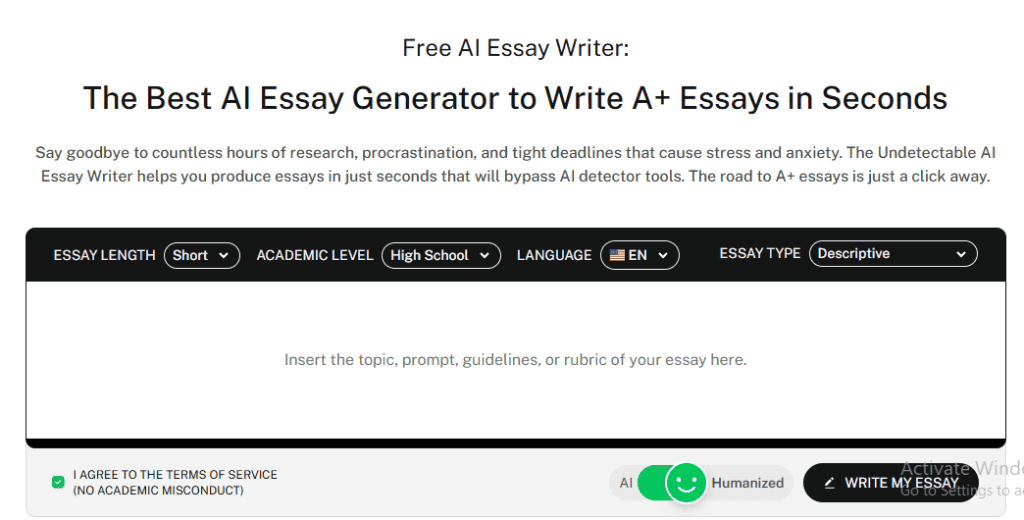
The AI Paraphrasing tool is a total lifesaver when your brain feels foggy and you can’t seem to use the auxiliary verbs in sentences the right way.
If you feed the grammatically incorrect sentence, “They have go to the market” into AI paraphraser, it will gently return, “They have gone to the market.”
It’s basically grammar practice without the shame spiral.
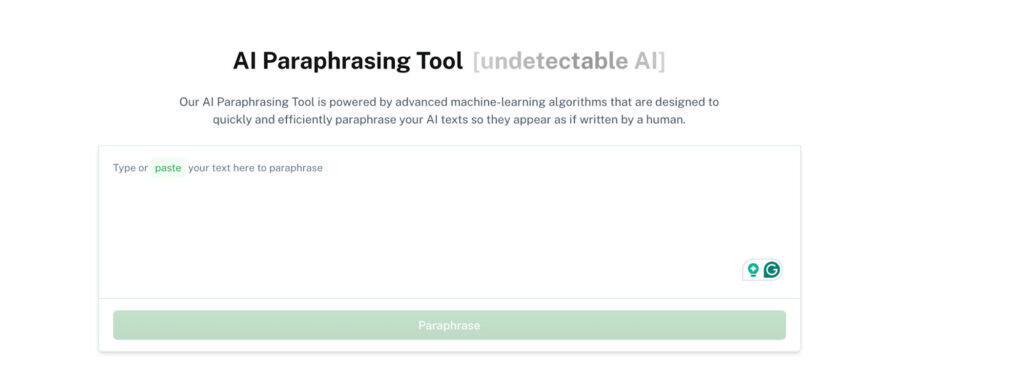
And finally, Ask AI for all your school needs. It will answer all your queries about the water cycle, World War II, how black holes work, and so much more with straight facts and clean, grammatically correct sentences.
The Undetectable AI tools let you learn grammar by seeing, doing, fixing, and asking, all in real time.
Want to see our AI Detector and Humanizer in action? Check them out in the widget below!
FAQs About Auxiliary Verbs
Is “will” an auxiliary verb?
Yes, “will” is a modal auxiliary verb used to express future actions or predictions.
Can a sentence have more than one auxiliary?
Absolutely, sentences in perfect continuous tenses or passive constructions often have multiple auxiliaries, e.g., “will have been working.”
Are all helping verbs also modals?
No, not all helping verbs are modal verbs.
Modals are a specific type of helping verb, but the core helping verbs include different forms of “be,” “have,” and “do.”
Do auxiliary verbs always come before the main verb?
Auxiliary verbs usually come before the main verb in simple sentences.
However, they precede the subject in questions or negative sentences.
Conclusion
Auxiliary verbs aren’t the easiest part of English. It’s pretty normal to take some time understanding and mastering them across all tenses and uses.
And to support your learning, you can get real-time help from smart AI tools instead of flipping through grammar books or guessing your way through a sentence.
Use Undetectable AI to ask simple questions, clarify your queries, fix incorrect sentences, and generate essays that get all grammar rules right, every time.
Give Undetectable AI a shot today!
